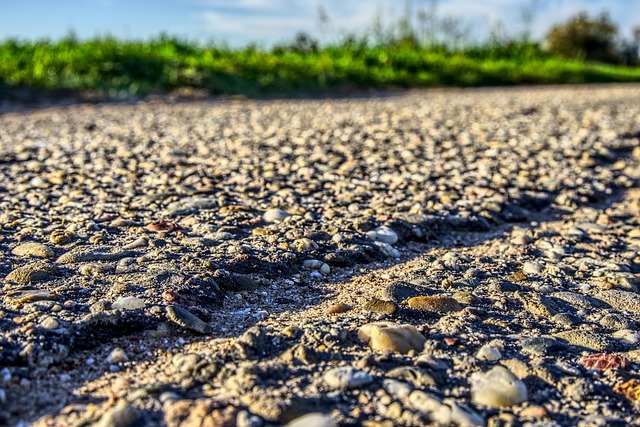As we witness the increasing frequency of extreme weather events, from devastating floods to scorching heatwaves, the urgency of addressing climate change has never been more paramount. Among the myriad of approaches to combat this growing threat, soil regeneration emerges as a powerful ally. Soil—often overlooked—plays a critical role in sustaining our planet, and its health directly influences our environment and resilience against climate change.
Soil regeneration involves revitalizing degraded soils, restoring their natural functions and improving their ability to support plant life. Healthy soil is rich in nutrients and microorganisms, which together form a vibrant ecosystem that not only promotes plant growth but also captures carbon dioxide from the atmosphere. By focusing on soil regeneration, we harness the ability of the Earth’s natural systems to sequester carbon, thereby mitigating the impacts of climate change.
Imagine the potential of regenerating our soil amidst the backdrop of unpredictable weather patterns. This process can be significantly beneficial in areas now prone to intense drought or flooding. Regenerated soils can retain more moisture during dry spells, reducing drought stress on crops, while also absorbing excess water during heavy rains and preventing erosion. This dual capability creates a buffer against the unpredictable forces of nature, ensuring food security and the continuation of farming practices.
Moreover, soil regeneration fosters biodiversity. By promoting diverse plant life, we create habitats for various species, contributing to the overall health of our ecosystems. This diversity strengthens resilience; healthy ecosystems are far more capable of adapting to changes brought about by climate extremes. Indeed, investing in soil health may very well be one of the most cost-effective strategies to combat climate change.
Moreover, community involvement in soil regeneration practices can foster a collective consciousness about the environment. Initiatives such as urban gardening and regenerative agricultural practices not only enhance local soil health but also educate citizens about the vital connection between soil, food, and climate. Workshops that empower people with knowledge on composting, cover cropping, and permaculture are crucial in cultivating a culture of sustainability.
Let us not forget the emotional connection we have with our land. The act of nurturing the soil is an act of hope for future generations. When we engage in practices that enhance soil regeneration, we are, in essence, investing in the health of our planet. By becoming stewards of the land, we foster a profound sense of responsibility and connection to our environment, recognizing that each effort counts in this global fight against climate change.
In the face of extreme weather, embracing soil regeneration is not merely a choice; it is a necessity. As we gather knowledge and implement practices that protect and rejuvenate our soils, we embark on a hopeful journey toward a sustainable future. Each seed sown in reclaimed soil is a step toward resilience, a testament to the power of nature, and a beacon of hope amid the storms of climate change.




